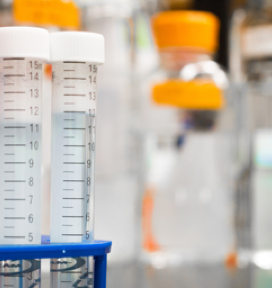

The accumulation of trace metals in the surface of cultivated soils is an important issue that must be considered with respect to the potential risks associated with human and ecosystem health. Knowledge of the total content of trace metals however does not imply comprehensive knowledge of their chemical behaviour; rather, it is chemical speciation of trace metals that influences their chemical reactivity, mobility, bioavailability and toxicity in the environment. Therefore, knowledge of the labile and recalcitrant pools of trace elements in the soils, and especially in the rhizosphere (the bottleneck of terrestrial food chain contamination) is an important prerequisite in determining their soil-plant-human relationships, and can be used to inform effective management practices to mitigate potential risks to human and ecosystem health. To better understand the biogeochemistry of trace metals, the ICENS Spectrometry Laboratory has designed several laboratory and field experiments to directly determine the local environment of trace metals in Jamaican soils.
The current areas of research include:
To advance this research ICENS has adopted a multi-analytical approach that uses several advanced hyphenated techniques. These include: inductively coupled plasma mass spectrometry (ICP-MS); inductively coupled plasma optical emission spectroscopy (ICP-OES); Fourier transformed infrared (FT-IR) spectroscopy; 113 Cd NMR spectroscopy; powered X-ray diffraction (XRD) patterns; and scanning electron microscopy with energy dispersive X-ray spectrometry (SEM-EDS).
Collaborators: Department of Chemistry, University of the West Indies, Mona, Jamaica; Neptune Isotope Laboratory, Rosenstiel School of Marine and Atmospheric Science, University of Miami, FL, USA and the Analytical Geochemistry Division, British Geological Survey, Keyworth, Nottingham, UK.